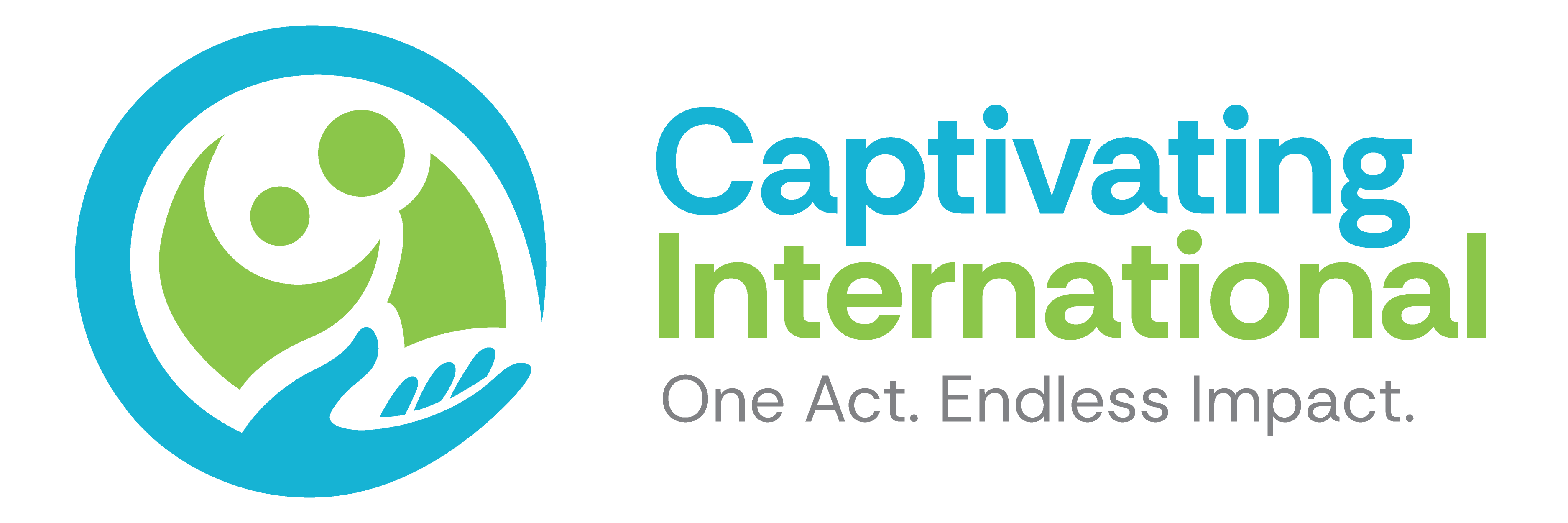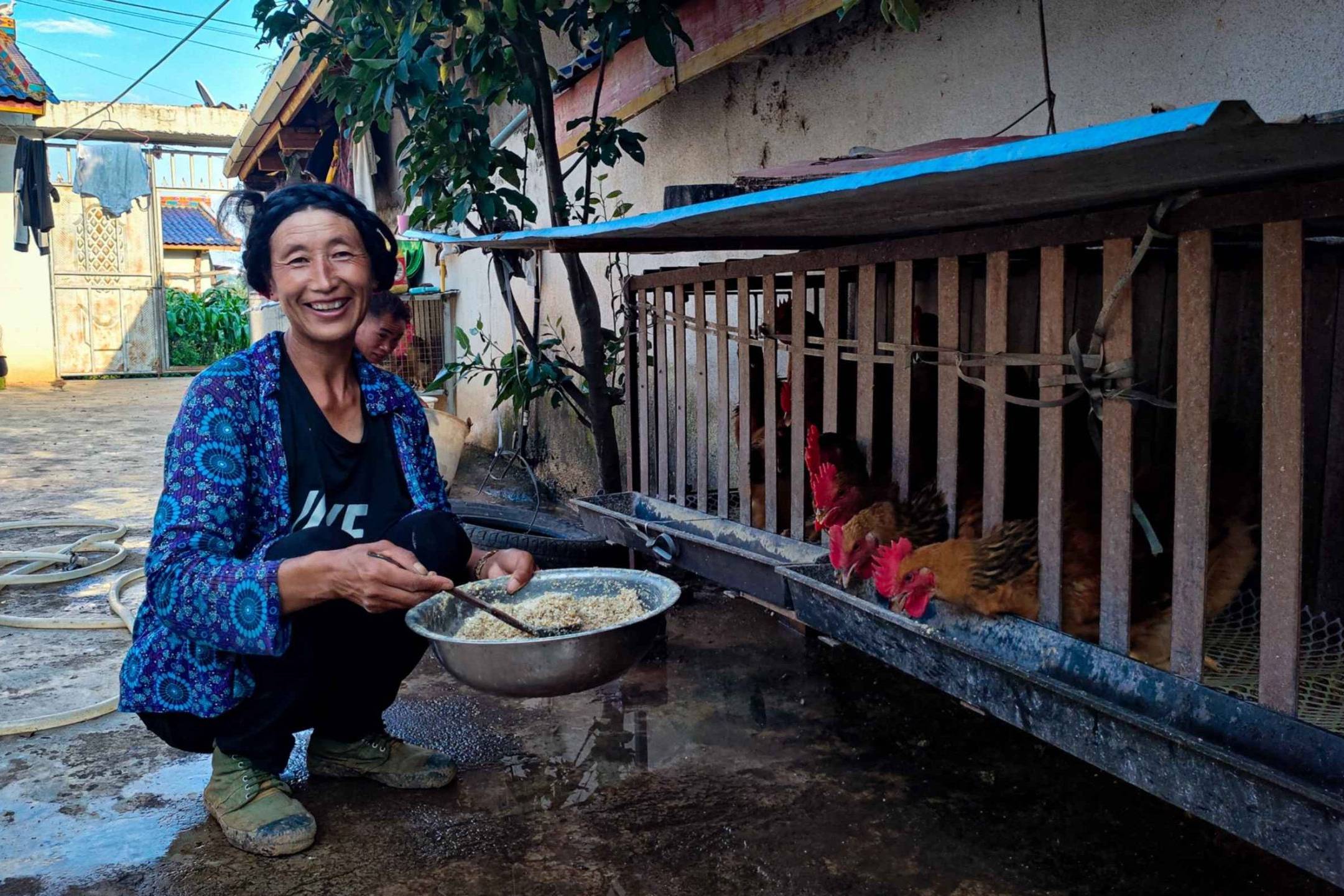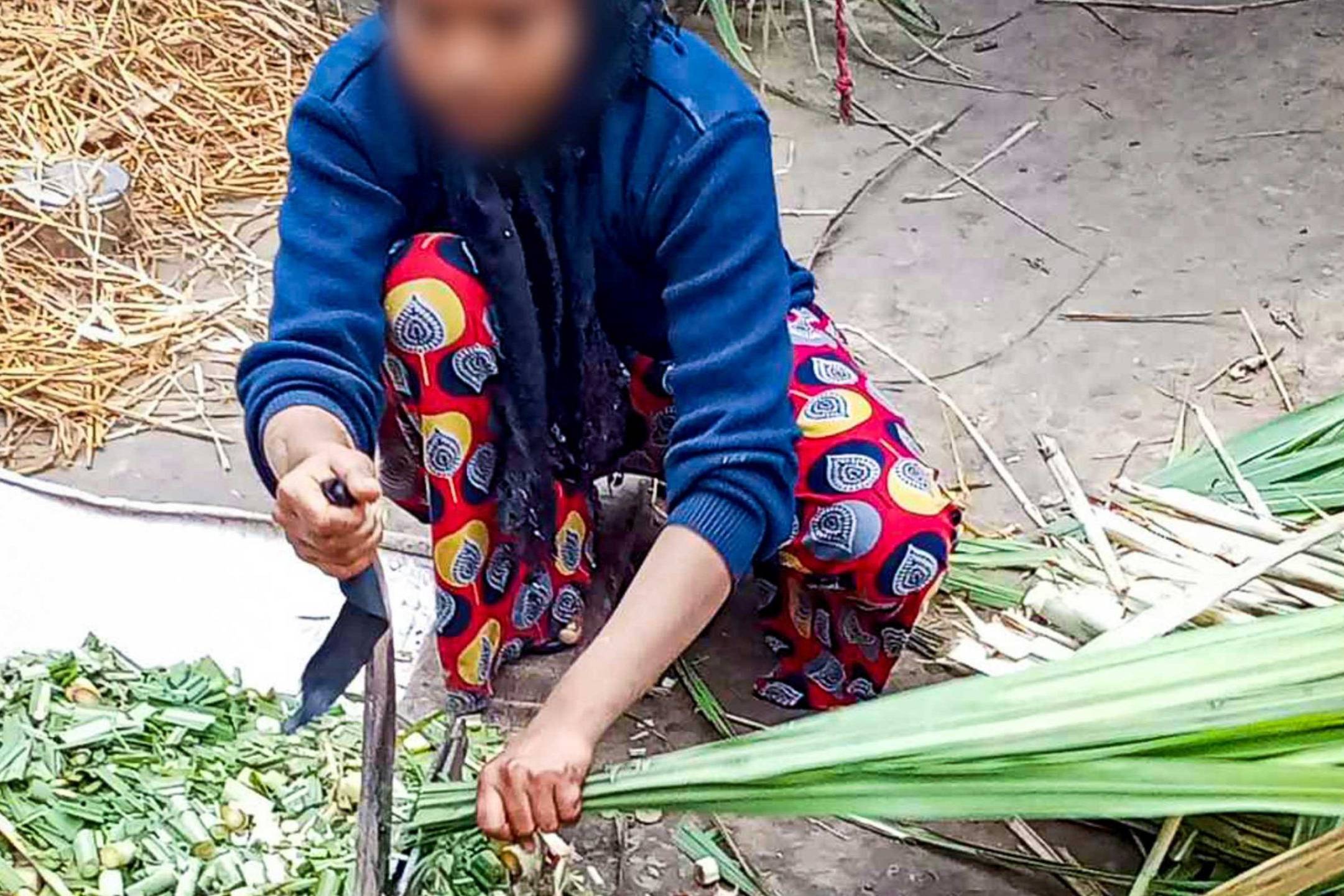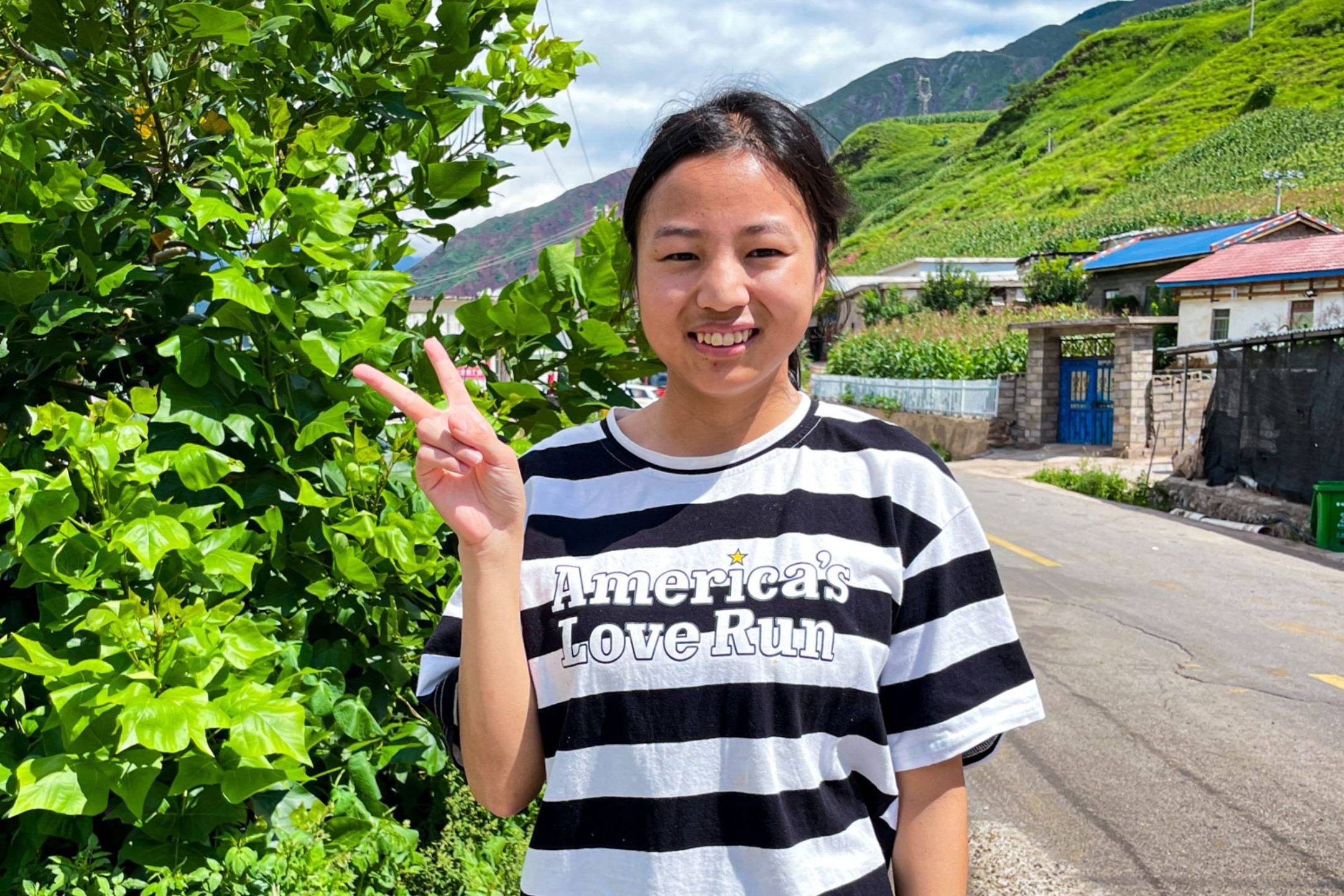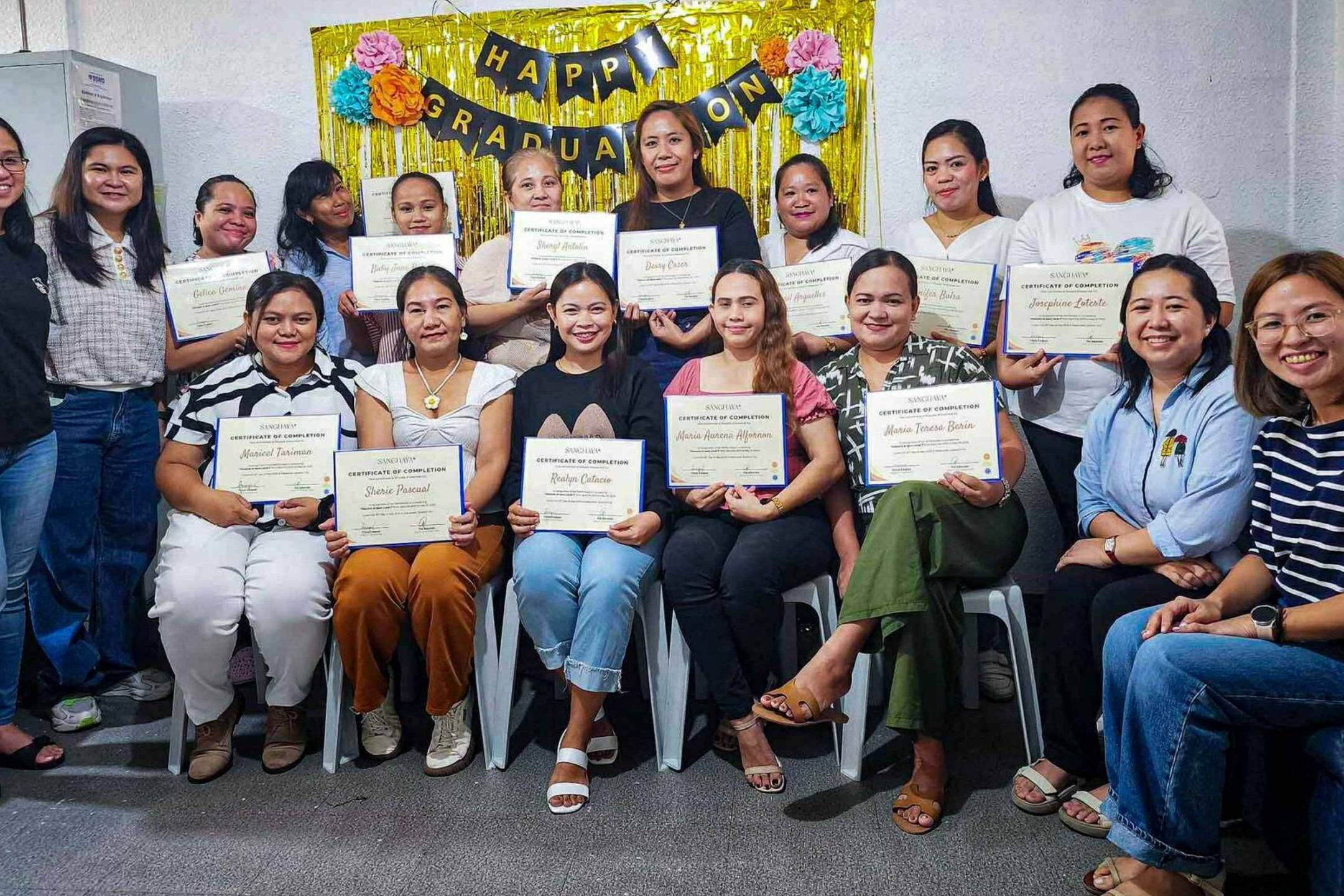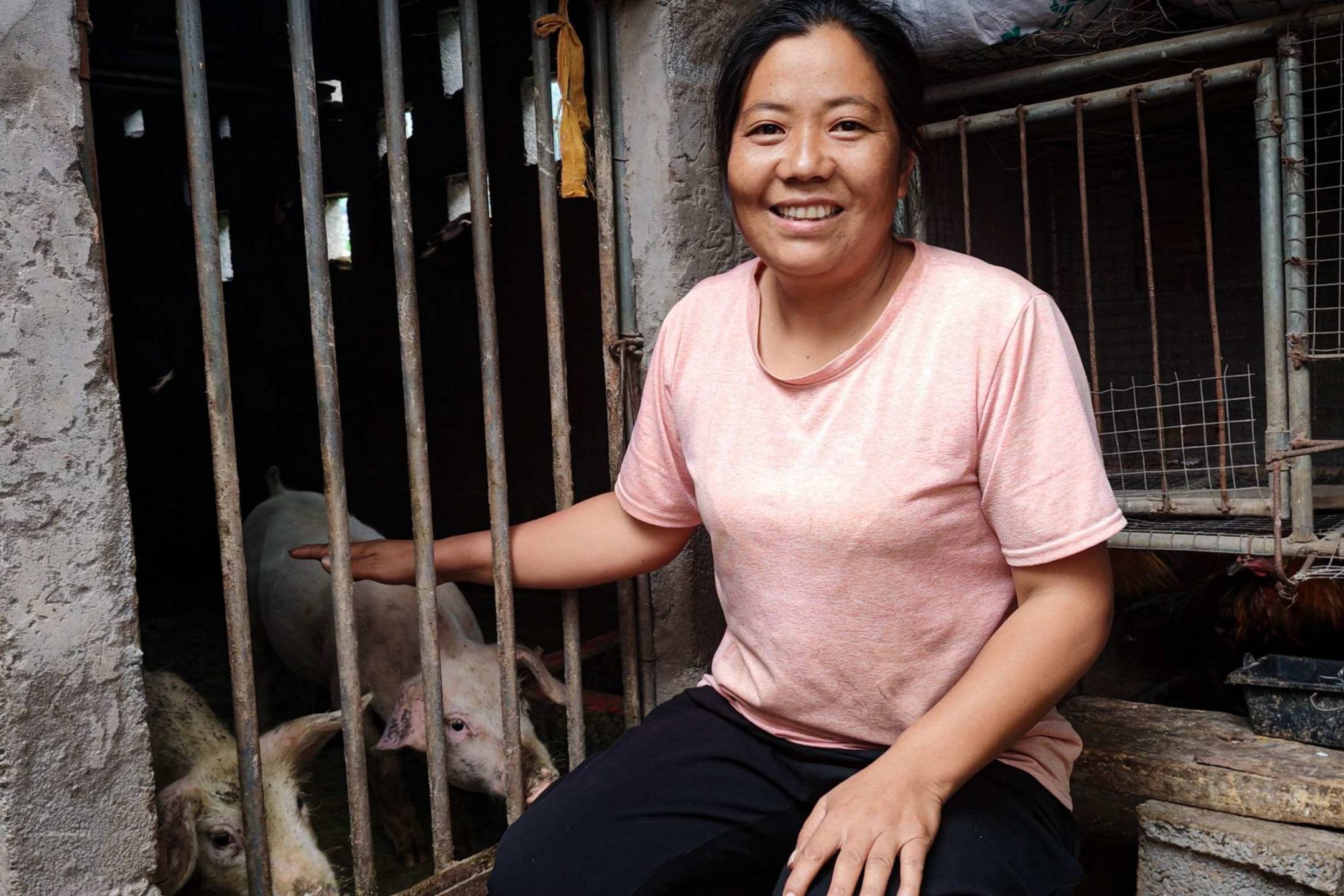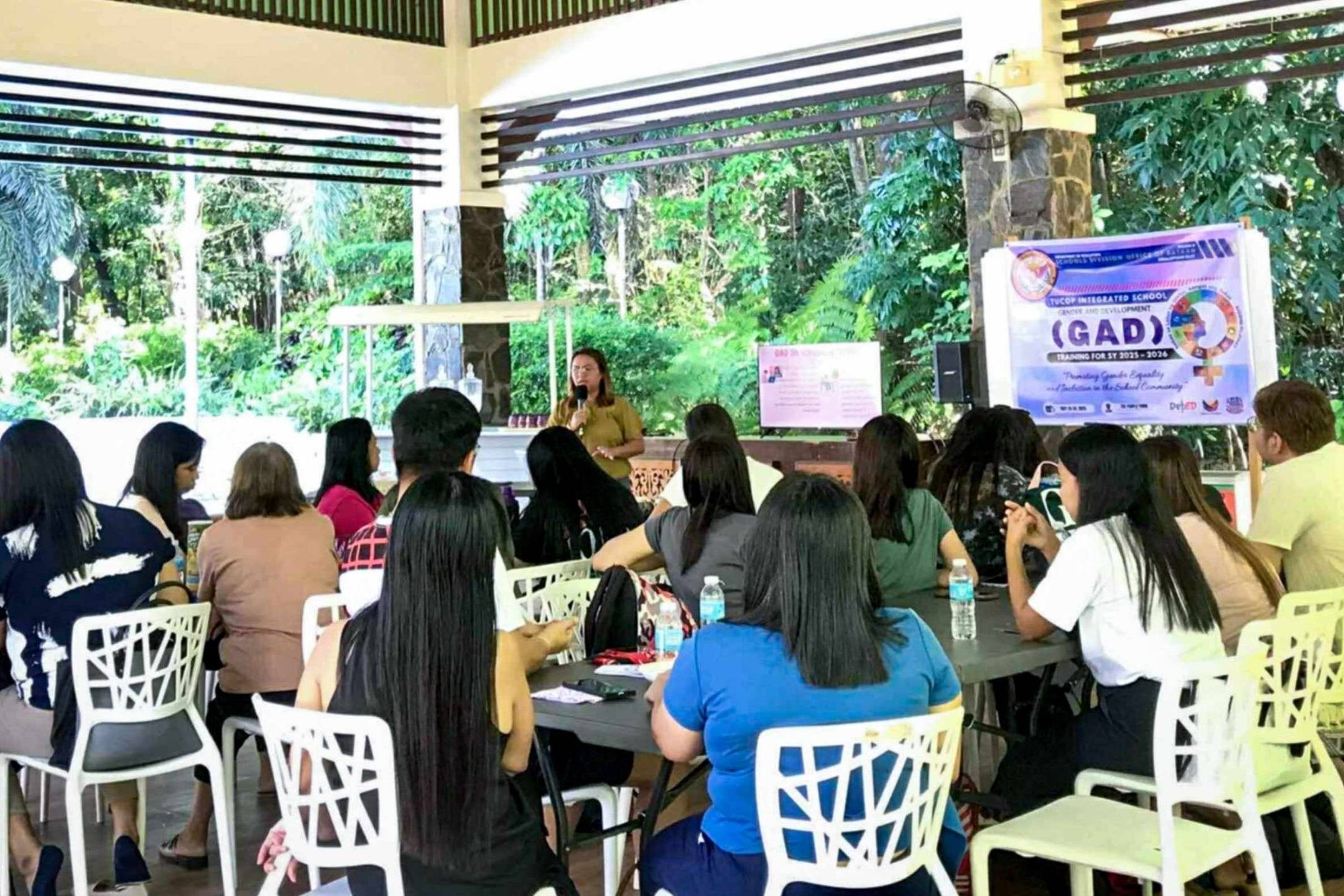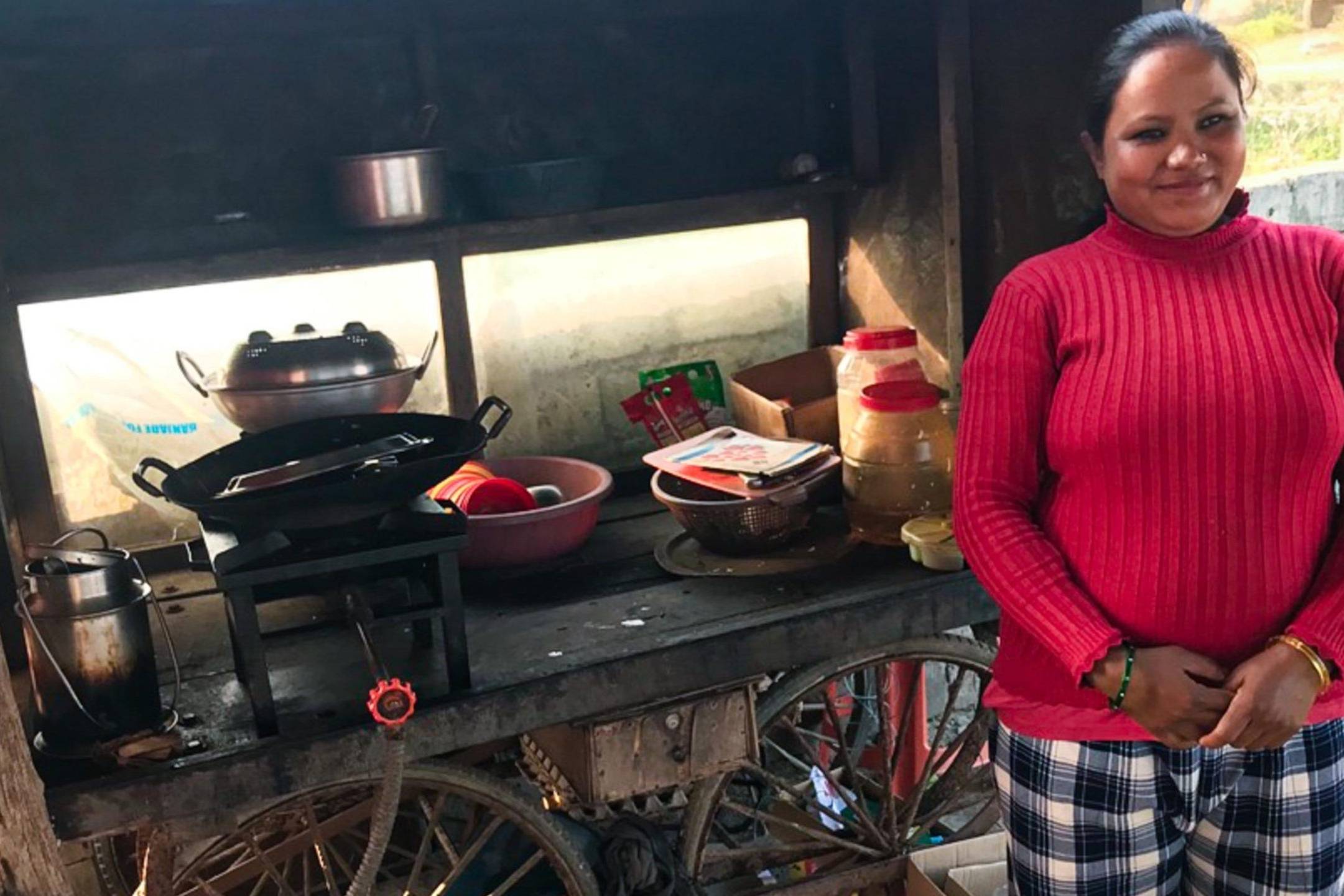Human traffickers are always on the hunt for vulnerable people to exploit. That includes the poor, the women, and, unfortunately, the children. Child exploitation is a known crime all around the world, but not many people truly understand what happens when a child is said to be exploited. When the term “child exploitation” is mentioned, people easily relate it to sexual exploitation. While true, this heinous crime is a lot more than that. As long as there are immoral people who are willing to take advantage of children for a sick gain, there will be child victims.
In this article, we will tackle what child exploitation is, its main types, and how to help when you know someone who is vulnerable or on the verge of exploitation (if not already).
What is child exploitation?
Child exploitation or child trafficking is when a group of people or an individual takes advantage of power imbalances in society and age differences to coerce a person under 18 years old to engage in sexual or criminal activity. In many cases, the facilitators or “pimps” to these crimes are their guardians, relatives, neighbors, or family friends. The exploitation may take place in both online and offline spaces.
Common victims of child exploitation are those who have experienced neglect, physical, and sexual abuse, even in their own homes. There is no one face of a victim, and if his/her parents or guardians fail to look after them, they could be a victim regardless of race, gender, or class.
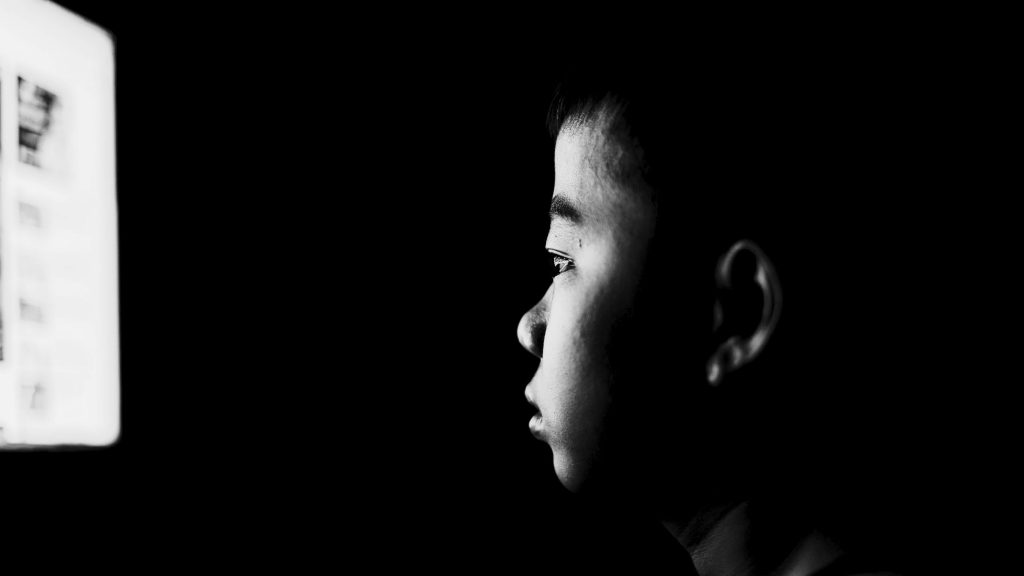
Main Types
-
-
- Child Criminal Exploitation
In most countries, people who commit crimes under 18 are less punishable by law. Some examples include coercing children to work in cannabis farms and sell drugs, whether online or offline. In some cases, the exploiters make it look like the child was a willing participant in the crime, for many victims are not aware that they are. - Child Sexual Exploitation
Child sexual abuse is one of the most common forms of exploitation, and it has almost become synonymous with it. Often, they are exploited in exchange for gifts, money, drugs, affection, or status. One popular example of child sexual exploitation is Malaysia’s Manohara Odelia Pinot, a teen model who was forced into child marriage and was subjected to sexual abuse by a Malaysian Prince. The power dynamics between the two are too extreme that it was almost impossible to escape. - Child Labor
The economy is bad in most parts of the world today, and our children are taking the brunt of most of it. When families face financial challenges or economic uncertainty, the children take the brunt of the responsibility that parents must figure out. Just in 2024, roughly 138 million children are still reported victims of child labor—a 50% reduction since the beginning of the 2000s, but still far from the goals that we set to protect our youth all around the world.
One might wonder, where are these children spending most of their time when they should be in school? In the same report, 61% are in the agriculture sector, 27% are selling in the markets or working domestically, and 13% are in mining and manufacturing—further subjecting these young minds into unsafe environments. - OSAEC
Every year, 300 million children are reported victims of OSAEC, according to a report by the Childlight Global Child Safety Institute. OSAEC stands for Online Sexual Abuse or Exploitation of Children and is defined by the United Nations Office on Drugs and Crime as “the use of ICT as a means to abuse and/or exploit children sexually, which includes cases in which offline child abuse and/or exploitation is combined with an online component.”
OSAEC is often used interchangeably with OCSEA, which stands for Online Child Sexual Exploitation or Abuse. So when you encounter these terms next time, don’t be confused. Oftentimes, it is the parents and relatives who act as “facilitators” or middlemen to these abuses. Out of 285 victims in the Philippines, 41% of the facilitators were biological parents, and 42% were relatives—according to IJM. The youngest victim of OSAEC is less than a year-old infant.
- Child Criminal Exploitation
It is not always one form or another. In some cases, child exploitation may become a mix of two or more of the following, which could truly create lasting impacts on their growth and development as adults.
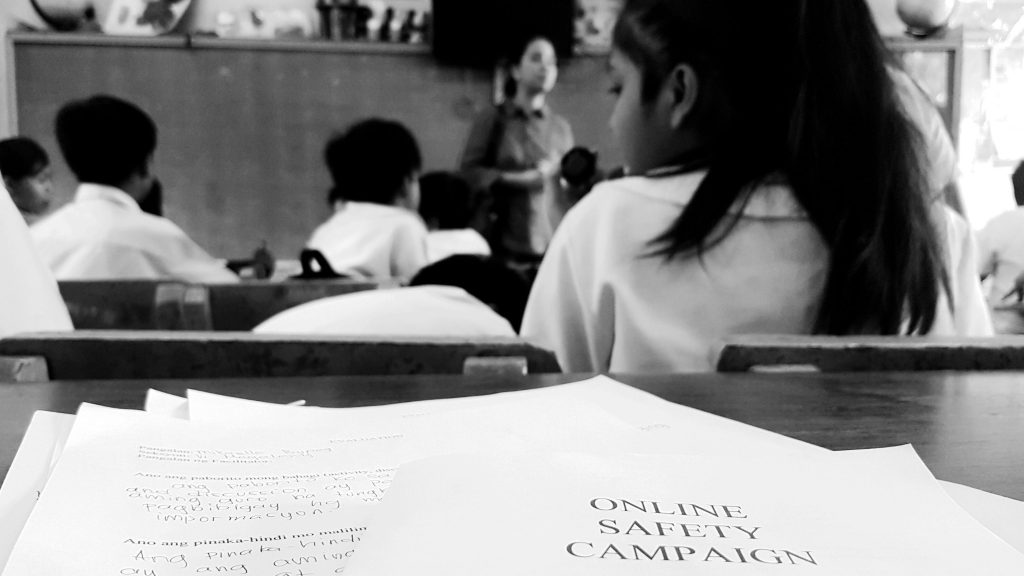
How To Help
Many efforts by the UN were enacted, but many nonprofit organizations dedicate their time, resources, and effort to eradicating cases of child exploitation. You may consider donating or volunteering for these nonprofit organizations whose work you trust.
We believe that prevention efforts play a primary role in protecting children from exploitation. In our work at Captivating, we are committed to stopping OSAEC through preventative measures and lessening the likelihood of the crime in the community.
We focus our work in Manila, the Philippines’ capital. Here, we ensure to incorporate regular awareness programs and prevention strategies to lessen the likelihood of exploitation among Filipino Children.
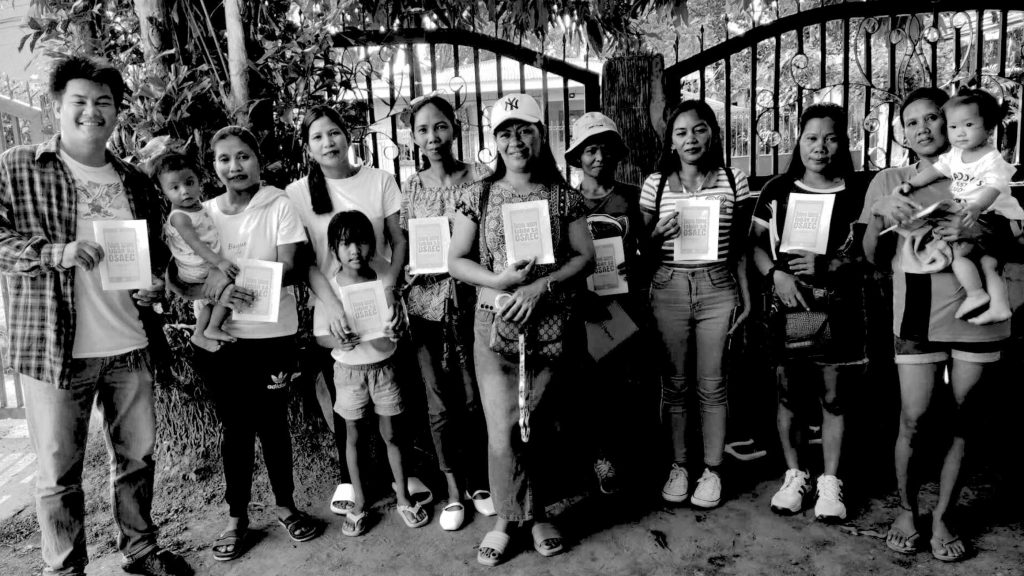
One Hope Microfinance Program
Our One Hope Microfinance Program has helped numerous mothers elevate their living standards and foster positive change through providing them microloans starting at Php 6,000 (USD 106.) After that, each beneficiary will become a part of a group where they shall commit to weekly payments and community building. The loans will increase with increments of Php 3,000 every after full payment with each loan payable for a maximum of 40 weeks.One of the reasons for child exploitation is poverty, and through equipping families with additional sources of income, they won’t need to exploit their children. Moreover, part of the program involves participants in our regular seminars regarding OSAEC to inform themselves, their friends, and their immediate families about this crime.
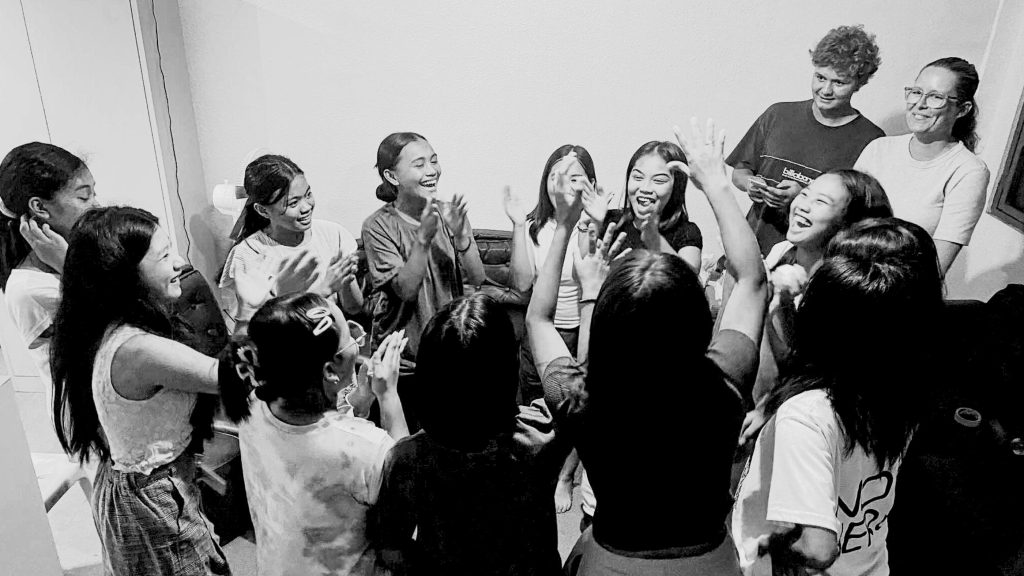
Manila Slum Program
Our Manila Slum Project (MSP) helps alleviate poverty by supporting the schooling of children from vulnerable communities in Manila. Beneficiaries receive monthly financial support, and the program organizes regular meetings and seminars with the parents to ensure that they are part of their children’s education. The seminars cover important topics such as OSAEC (Online Sexual Abuse and Exploitation of Children) awareness and online safety. In the future, seminars about good parenting will be conducted, as guided by the Department of Social Welfare and Development’s (DSWD) Parenting Effectiveness Service (PES).Child exploitation appears differently among victims, and if we are not aware, we could be betraying the children in our communities. In this technologically advanced day and age, criminals are much more creative in making these schemes attractive. Spread the word or share this article to save a child today from exploitation!
-
STORIES OF INSPIRATION
8 October 2025
Maka’s Story
With new skills from our Chicken Farming Program, Maka turns her thriving flock into…
0 Comments5 Minutes
3 October 2025
Suspicious? Here are OSAEC Red Flags To Look Out For
Online child safety matters: learn how to spot OSAEC red flags, protect kids from…
0 Comments13 Minutes
3 October 2025
Kalyani Realizes Perils of Meeting With Online Strangers
Our team stopped 15-year-old Kalyani from being trafficked to India; now she’s safe,…
0 Comments4 Minutes
2 October 2025
Lapu Mo Hongli’s Journey To Becoming A Chinese Teacher
With our One More Year Scholarship in China, Lapu Mo Hongli, 18, pursues high school and…
0 Comments6 Minutes
1 October 2025
Little Steps of Shared Hope: MSP Savings Training Course
13 Marytown moms joined our Manila Slum Program savings course, turning 1-peso-a-day…
0 Comments4 Minutes
26 September 2025
Bomo Liniu and The Lifetime Gift of Knowledge
Through our Pig Farming Program in rural China, Bomo Liniu gained skills to raise healthy…
0 Comments4 Minutes
26 September 2025
OSAEC Awareness In Tucop Integrated School
We trained 50 teachers in Bataan on OSAEC awareness and online safety, empowering them to…
0 Comments1 Minutes
24 September 2025
Nisha’s Double Income Thrives From ALP!
At 21, Nisha returned to school in Nepal, built two small businesses, and now funds her…
0 Comments3 Minutes
19 September 2025
Manisha’s Inner Faith and Hardwork Inspires Community
With a microfinance loan, Manisha built a thriving snack stall in Nepal, supports her…
0 Comments2 Minutes
